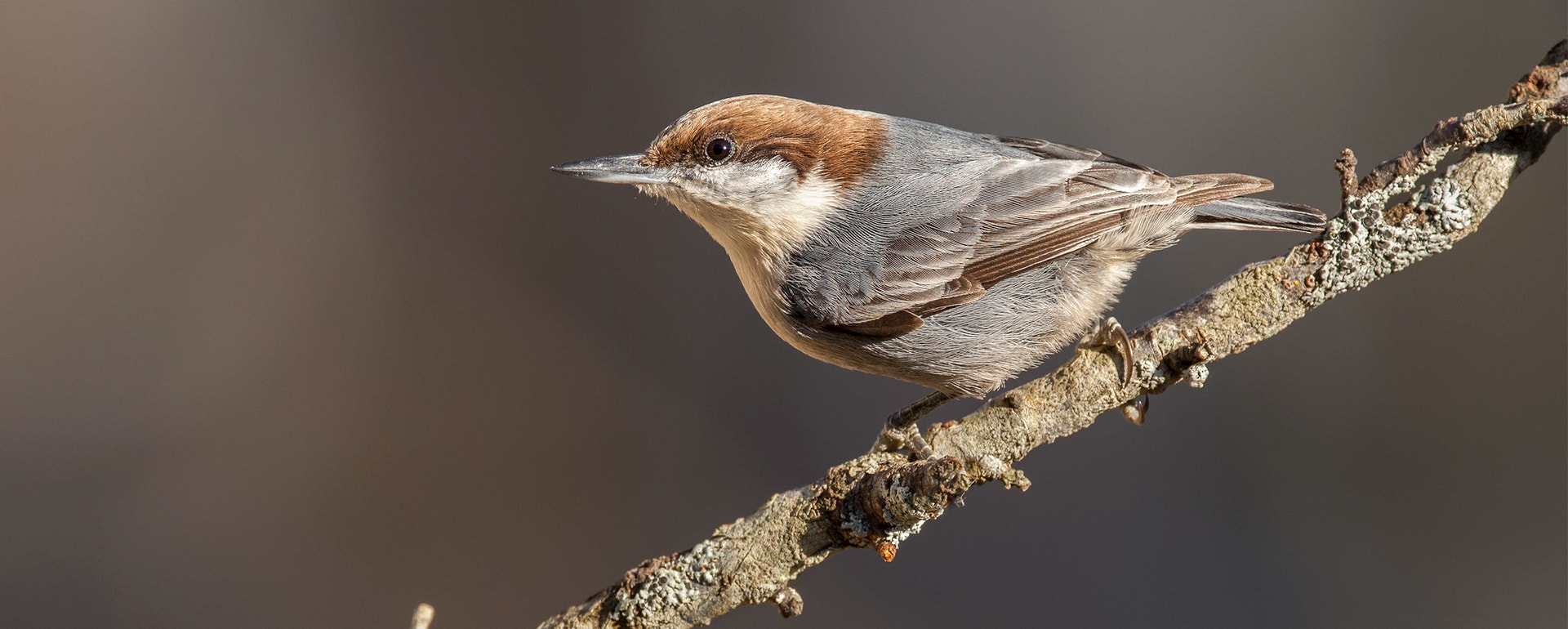
How Climate Change Will Affect Birds in South Carolina
Vulnerable Birds in South Carolina
Highly and moderately vulnerable birds may lose more than half of their current range—the geographic area where they live—as they are forced to search for suitable habitat and climate conditions elsewhere.
South Carolina
| Flyway | Atlantic Flyway |
| State Brief | Download [PDF] |
| Website | http://sc.audubon.org |
Below, find out which of the birds that nest or spend the winter in your area are most vulnerable across their entire range. Some birds may lose range outside of your state, making the protection of their current habitat in your area even more important.
How will the Brown-headed Nuthatch's range be affected in South Carolina?
Rising temperatures and shifting weather patterns affect birds' ability to find food and reproduce, which over time impacts local populations, and ultimately continent-wide populations, too. Some species may even go extinct in your state if they cannot find the conditions they need to survive and raise their young.
Select a warming scenario to see how this species’ range will change under increased global temperatures.
Reducing warming makes many types of birds found in South Carolina less vulnerable.
In order to hold warming steady, we must act now to reduce the amount of carbon released into the atmosphere and limit warming to 1.5 degrees. We must reduce our carbon emissions and also absorb what is produced through natural solutions like reforestation or with technology that removes carbon from the air.
Click the three different warming scenarios to explore how increased warming puts more species in South Carolina at risk.
South Carolina's Birds and Habitats
In the longleaf pine forests of Audubon's Silver Bluff Center, Brown-headed Nuthatches forage and Hooded Warblers fan their tail feathers. Francis Beidler Forest in the Lowcountry is home to 140 bird species in the world’s largest virgin bald-cypress and tupelo swamp forest. In Huntington Beach State Park, along the coast, you can find more than 300 bird species throughout the year, including Bald Eagles, Least Terns, and Semipalmated Sandpipers.
Climate Policy in South Carolina
RENEWABLE
1.9 % Hydro
NUCLEAR
FOSSIL FUEL
19.3 % Coal
.1 % Petroleum
BY 2021
Climate Alliance?
(Data: U.S. EIA)
South Carolina is one of the top ten states for potential solar growth. Supportive state policies include financial incentives for renewables and the bipartisan Energy Freedom Act, both of which facilitate access to affordable renewable energy and help ramp up solar investments and job growth. The Solar Habitat Act encourages sustainable commercial solar development by establishing native landscaping and bird- and pollinator-friendly guidelines.
Climate Threats Facing Birds and People in South Carolina
Sea levels in South Carolina have risen 10 inches since 1950 and are projected to rise another one to four feet in the next century, threatening coastal communities and wetland habitat. The destructive forces of storms, like Hurricane Florence, challenge the resilience of coastal communities and threaten essential habitat for resident and migratory birds. In the coming decades, South Carolina could experience reduced crop yields and increased threat from sea level rise and coastal storms.
The same climate change-driven threats that put birds at risk harm people, too. Hover over or tap an area on the map to see specific threats that will affect that area as warming increases.